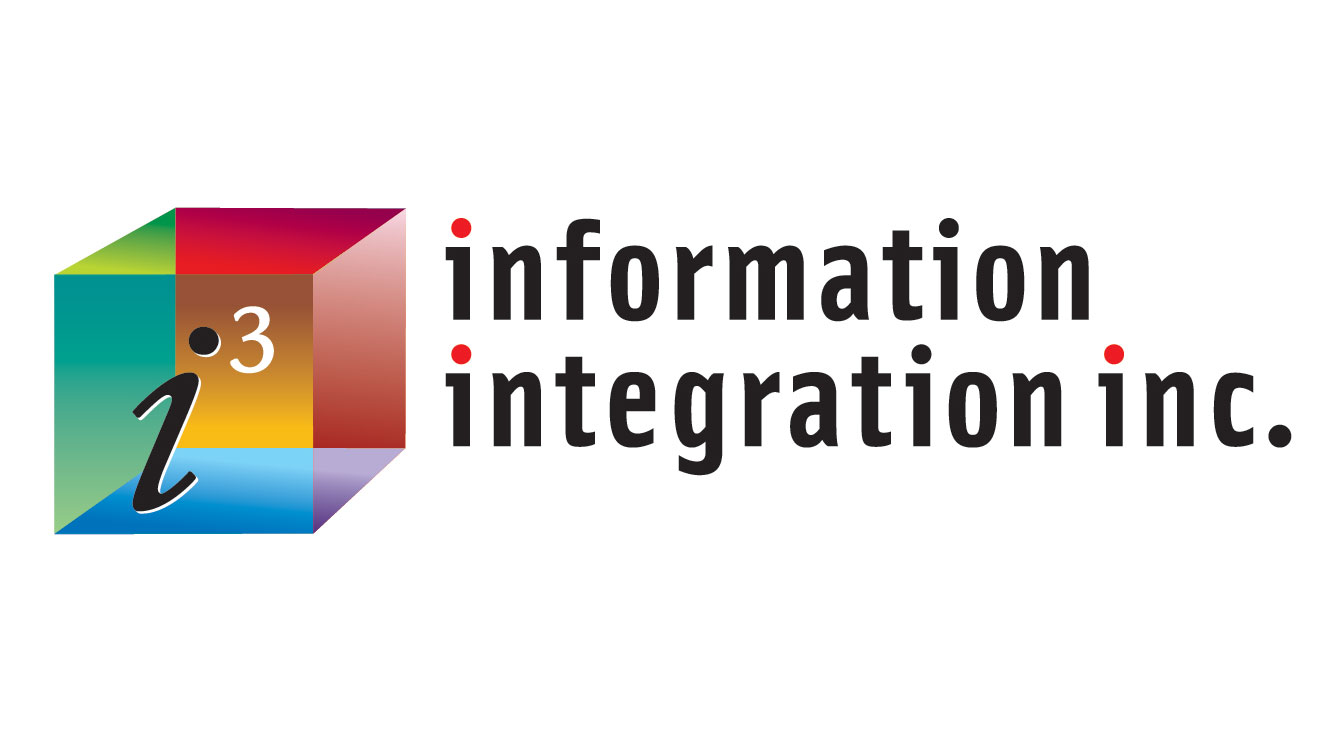Since the pandemic hit the U.S. in early 2020, companies and academic institutions have scrambled to shift their classroom learning to remote or “online” delivery. Some have done a better job than others depending on the adaptability of both their content and resources.
Organizations that opted for the “quick and dirty” approach literally took their face-to-face programs and began delivering via Zoom or Skype. In many cases, the delivery has often been fraught with bandwidth issues, technical glitches, flat delivery styles, and a lack of interactivity and engagement. Delivering a classroom lesson via Zoom may seem like a simple transition; however, it’s been very hit and miss and inconsistent for many.
In order to optimize online learning, it needs to be consistent and also accommodate various learning styles. Here are some items that you should consider while developing an effective remote learning strategy:
What Are the Different Types of Online Learning?
Unlike the ad hoc nature of remote learning that we have seen resulting from the pandemic, effective online/distance learning is fully-planned, purposefully designed, and well-resourced. Typically developed by experienced instructional designers who apply learning theory and instructional design models (e.g. ADDIE, Bloom’s Taxonomy) for building effective education and training, online instructor-led learning can take many forms:
- Synchronous: Instructor-led class held on a specific day and time. An impactful synchronous session will include lots of opportunities to engage the learners, such as with discussion/Q&A, breakout rooms, interactivity, exercises, and tasks.
- Webinar: A live seminar conducted over the internet. The host typically invites attendees to join at a specific day/time in a virtual room to watch and listen to their content. This is a great option for engaging and interacting with multiple participants at once and building communities.
- Asynchronous classroom: Asynchronous classes are non-interactive, pre-recorded sessions that allow learners to complete their work on their own time. Learners are given a timeframe – it’s usually a one-week window – during which they need to connect to their class at least once or twice. Asynchronous learning allows students to design their own learning schedules regardless what hour of day (or night) and learn at their own pace.
Adapting in Person Classroom Training to Online Learning
Both students and instructors alike have discovered that teaching styles must be adapted to the delivery medium. There are several things you can do to maximize learning effectiveness and audience engagement when adapting classroom content to online delivery.
- Make it manageable. Parse out content into smaller, more manageable lessons.
- Create engagement. Find engaging ways to deliver online content. For example, develop audience questionnaires, conduct polls, display colorful charts, graphics, cartoons, etc. to engage the audience.
- Connect with the audience. Make eye contact with your audience. Look into the camera, not up, down or past the camera.
- Control facial and hand gestures. Use contained facial and hand gestures. You want to look natural and not stiff, but at the same time you don’t want to distract your audience with flailing out-of-control hand movements. You want them focused on what you are communicating.
- Learn to use your voice. Modulate your voice to maintain engagement. Speak naturally and avoid distracting pitches.
Is remote learning here to stay?
While we have been thrust into the world of remote learning, many individuals and companies have adapted and are even embracing its convenience. Synchronous and asynchronous learning have been around for a long time; however since Covid19, they have emerged as the go-to method of learning and have been reinvented as “remote learning.” There are many benefits to remote learning that cannot be over-looked.
Remote Learning Saves Money
Once the initial development costs have been made, online learning can be much more cost-effective. Many companies spend hundreds of thousands of dollars per year on travel, conference facility rental, meals and entertainment associated with off-site training classes.
Remote learning is efficient
Online learning is typically more efficient since the time saved on travel/commuting can be applied to the learning time or other activities. Fewer instructors are needed to deliver the classes.
Remote learning is effective
Online learning can be very effective as it typically incorporates a variety of creative approaches to accommodate different learning styles, interactivity to engage learners, and post-learning assessments to ensure that learners applied what they learned. Learners can also learn at their own pace when with asynchronous classes.
Remote learning can alleviate loneliness
Online learning is now being designed to build work communities via chat rooms and webinars. This has proven to be a positive force in alleviating feelings of isolation and loneliness while individuals work from home.
The jury is out as to whether or not the dramatically increased level of remote learning is here to stay post-pandemic. One thing is for sure – classroom or “live” learning will no longer be the default method of learning. Companies will most likely offer a hybrid of learning modalities which will make for a less structured, more accommodating classroom and workplace.
Be on the lookout for our next blog on Pumping Up Your eLearning, which will give more strategies on how to best maximize remote learning.





